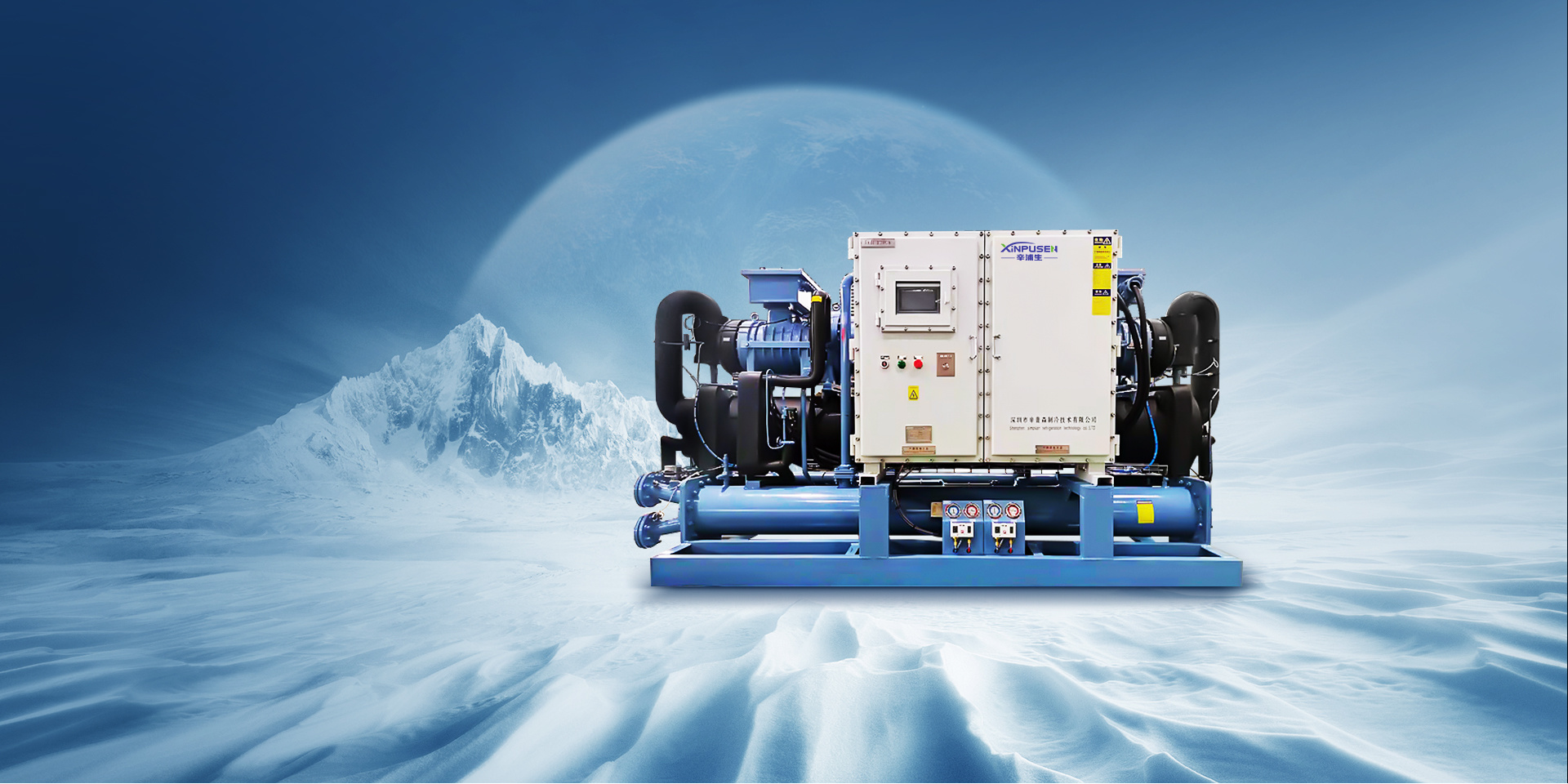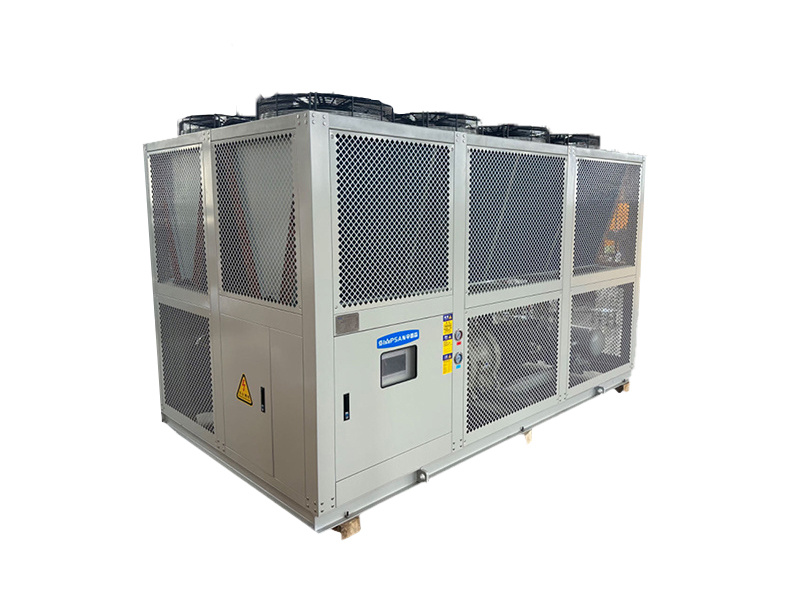Understanding the Benefits of Low Temp Air-Cooled Screw Chillers: A Comprehensive Guide
2025-09-07 14:18
Understanding the Benefits of Low Temp Air-Cooled Screw Chillers
In the realm of industrial cooling solutions, low temperature air-cooled screw chillers stand out as efficient, reliable, and versatile systems. Their ability to maintain optimal temperatures in various applications has led to their increasing adoption across industries. This article delves deep into the benefits of these chillers, their mechanisms, and how they can be leveraged to enhance operational efficiency.
Table of Contents
- 1. Introduction to Low Temp Air-Cooled Screw Chillers
- 2. How Low Temp Air-Cooled Screw Chillers Work
- 3. Key Benefits of Low Temp Air-Cooled Screw Chillers
- 4. Applications of Low Temp Air-Cooled Screw Chillers
- 5. Choosing the Right Low Temp Air-Cooled Screw Chiller
- 6. Maintenance Tips for Optimal Performance
- 7. Frequently Asked Questions
- 8. Conclusion
1. Introduction to Low Temp Air-Cooled Screw Chillers
Low temperature air-cooled screw chillers are specialized refrigeration systems designed to provide cooling in industrial applications. These chillers utilize a screw compressor, which offers several advantages over conventional chilling technologies. Their unique design allows for efficient performance, making them suitable for a wide range of applications, from food processing to pharmaceuticals.
2. How Low Temp Air-Cooled Screw Chillers Work
The operation of low temp air-cooled screw chillers is based on the principles of thermodynamics. The screw compressor compresses refrigerant gas, which then circulates through a series of coils, absorbing heat from the environment. As the refrigerant absorbs heat, it transforms into a gas, which is then cooled and condensed into a liquid state. This cycle continues, maintaining the desired low-temperature environment.
Components of a Low Temp Air-Cooled Screw Chiller
- Screw Compressor: The heart of the chiller, responsible for increasing the pressure of the refrigerant gas.
- Condenser: A heat exchanger that removes heat from the refrigerant, allowing it to condense into a liquid.
- Evaporator: Absorbs heat from the application, cooling the surrounding environment.
- Expansion Valve: Regulates the flow of refrigerant into the evaporator, ensuring optimal performance.
3. Key Benefits of Low Temp Air-Cooled Screw Chillers
3.1 Energy Efficiency
One of the most significant advantages of low temp air-cooled screw chillers is their exceptional energy efficiency. These chillers are designed to operate with minimal energy consumption, resulting in lower utility bills. The screw compressor's design allows for smooth operation and variable capacity, optimizing energy use based on cooling demands.
3.2 Cost-Effectiveness
Investing in low temperature air-cooled screw chillers can lead to substantial cost savings over time. Their energy efficiency reduces operational costs, while fewer maintenance requirements lower the total cost of ownership. Additionally, these chillers often have longer lifespans than traditional systems, further enhancing their cost-effectiveness.
3.3 Reduced Environmental Impact
As industries increasingly focus on sustainability, low temp air-cooled screw chillers present an environmentally friendly option. Their energy-efficient operation reduces greenhouse gas emissions, and many models utilize eco-friendly refrigerants, minimizing their impact on the ozone layer.
3.4 Space-Saving Design
Low temperature air-cooled screw chillers feature a compact design, making them ideal for facilities with limited space. Their vertical configuration allows for efficient use of floor space while still providing powerful cooling capabilities. This design flexibility enables easy installation and integration into existing systems.
3.5 Reliable Performance
These chillers are renowned for their reliable performance, even under challenging conditions. Advanced technology ensures consistent cooling, and their robust construction allows them to withstand harsh environments. With minimal downtime, industries can maintain uninterrupted operations.
4. Applications of Low Temp Air-Cooled Screw Chillers
Low temperature air-cooled screw chillers find applications across various industries, each benefiting from their unique capabilities:
- Food and Beverage: Used for process cooling, storage, and transportation of temperature-sensitive products.
- Pharmaceuticals: Essential for maintaining precise temperature control in laboratories and manufacturing.
- Plastics and Manufacturing: Provides cooling for industrial processes, enhancing product quality and production efficiency.
- Data Centers: Ensures optimal operating temperatures for servers and IT equipment.
5. Choosing the Right Low Temp Air-Cooled Screw Chiller
Selecting the appropriate low temperature air-cooled screw chiller involves considering several key factors:
- Cooling Capacity: Determine the required cooling load for your application to select a chiller with adequate capacity.
- Energy Efficiency Ratings: Look for models with high energy efficiency ratings to maximize savings.
- Refrigerant Type: Choose chillers that utilize eco-friendly refrigerants for reduced environmental impact.
- Space Requirements: Assess available space for installation to ensure proper fit.
6. Maintenance Tips for Optimal Performance
To ensure the longevity and efficiency of low temperature air-cooled screw chillers, regular maintenance is essential. Here are some tips:
- Routine Inspections: Regularly inspect components for wear and tear, ensuring timely replacements.
- Clean Coils: Keep condenser and evaporator coils clean to maintain optimal heat exchange efficiency.
- Check Refrigerant Levels: Monitor refrigerant levels to prevent inefficiencies and potential damage to the system.
- System Testing: Conduct periodic testing of the system's performance to identify any issues early.
7. Frequently Asked Questions
1. What is the typical lifespan of a low temp air-cooled screw chiller?
The lifespan of a low temp air-cooled screw chiller typically ranges from 15 to 25 years, depending on maintenance and usage conditions.
2. How do low temperature air-cooled screw chillers compare to water-cooled chillers?
Air-cooled chillers are generally easier to install and require less maintenance than water-cooled chillers, making them suitable for various applications where water availability is limited.
3. Are low temperature air-cooled screw chillers noisy?
While they do produce some noise during operation, many manufacturers offer models designed with noise-reduction features, making them suitable for noise-sensitive environments.
4. Can low temp air-cooled screw chillers be used in outdoor installations?
Yes, these chillers are designed for outdoor use. Ensure they are installed in a shaded area to maximize efficiency and protect them from harsh weather conditions.
5. What maintenance is required for low temperature air-cooled screw chillers?
Regular maintenance includes cleaning coils, checking refrigerant levels, inspecting components, and testing system performance to ensure optimal efficiency.
8. Conclusion
Low temperature air-cooled screw chillers offer a myriad of benefits that make them an attractive choice for various industrial applications. Their energy efficiency, cost-effectiveness, and environmentally friendly features cater to the demands of modern industries, promoting sustainability while ensuring reliable performance. By understanding their workings and advantages, businesses can make informed decisions that enhance operational efficiency and reduce costs. Investing in the right low temp air-cooled screw chiller is a step towards achieving optimal cooling solutions in today's competitive landscape.
Previous: Understanding Low Temperature Air-Cooled Screw Chillers: Key Insights for Industrial Applications
More Information
2025-12-01
The Importance of Hot and Cold Integrated Temperature Control Units in Industrial Applications
2025-11-24
2025-11-19
china ultra-low temperature cascade chiller
2025-11-17
2025-12-01
The Importance of Hot and Cold Integrated Temperature Control Units in Industrial Applications









 CN
CN EN
EN


